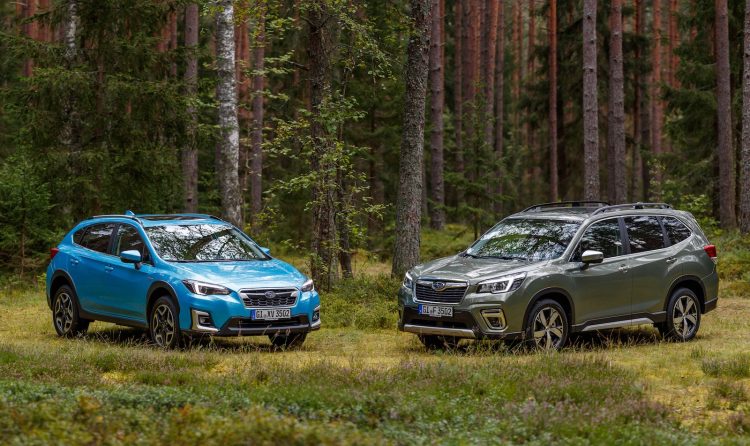Back in November, a marketing email was sent to Aussie auto magazine PerformanceDrive stating that Subaru would launch in a premiere two models using the company`s rumored ‘e-Boxer’ hybrid technology. The two models are the 2020 Forester and XV Hybrid.
Now, the same Aussie magazine has confirmed the arrival of both models in the country. They will come with a a high-performance engine and an electric motor, together enabling three driving modes that will make the hybrid variants extremely fuel-efficient.
Colin Christie, managing director at Subaru Australia spoke about the company`s new hybrid technology and how efficient it would be on both models. He said:
“While we initially see both our e-Boxer mild hybrid system models as niche options in our range, we’ve already got significant interest from fleet customers and also Subaru fans who have long indicated pent-up demand for new technology engine options. Of course all this new technology is underpinned by our customer must-haves: fun, safety, reliability and great engineering.”
Three hybrid variants will become available in Australia, starting next March, with pricing listed below:
2020 Subaru XV Hybrid AWD: $35,580
2020 Subaru Forester Hybrid L AWD: $39,990
2020 Subaru Forester Hybrid S AWD: $45,990
Powertrain and Output
Both the 2020 Forester and XV Hybrid will be using a 2.0-liter four-cylinder boxer engine plus an electric motor called “Motor Assist”. The conventional engine develops 110kW and 196 Nm of torque while the electric motor adds 12.3kW and 66 Nm of torque. As aforementioned, the hybrid powertrain comes with three driving modes: EV driving, EV and petrol, and conventional engine alone.
The hybrid powertrain is also extremely efficient; the electric motor alone has an efficiency of up to 40 km/h, at low speeds. The system also uses an automatic system called “Pedestrian Alert” which alerts pedestrians when they are way too close to the car.
n comparison to the previous model, the XV is more fuel friendly: 14% improvement in urban cycle and 7% improvement in a combined scenario. In contrast, the improvement for the Forester is 14 percent and 9 percent, respectively.



